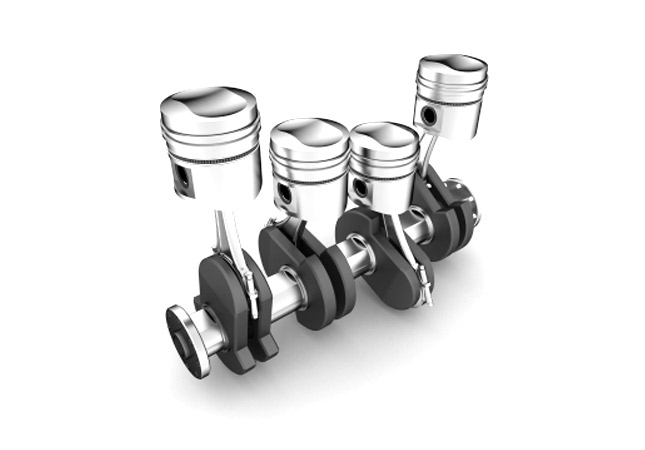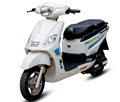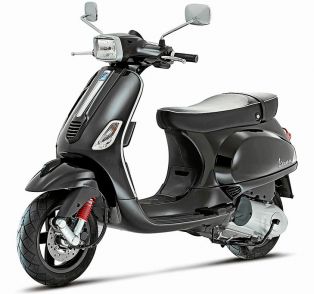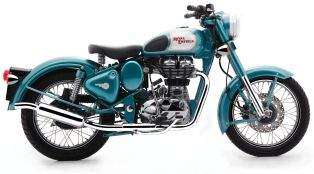 We all understand some basics of the internal combustion engine and its functioning. For those who do not, the internal combustion engine has four phases in a single combustion cycle. Phase 1 is the suction, Phase 2 is compression, Phase 3 is combustion, and Phase 4 is exhaustion. Out of these four phases, the combustion phase is the only one which really produces the power at all. But that does not mean the engine only works for that cycle, the engine has to constantly and seamlessly deliver power to the parts to keep the bike moving at all times. This is applicable generally to single cylinder engines as in case of multi-cylinder engines, the combustion phases can be timed in a proper fashion to ensure consistent power delivery to the bike.
We all understand some basics of the internal combustion engine and its functioning. For those who do not, the internal combustion engine has four phases in a single combustion cycle. Phase 1 is the suction, Phase 2 is compression, Phase 3 is combustion, and Phase 4 is exhaustion. Out of these four phases, the combustion phase is the only one which really produces the power at all. But that does not mean the engine only works for that cycle, the engine has to constantly and seamlessly deliver power to the parts to keep the bike moving at all times. This is applicable generally to single cylinder engines as in case of multi-cylinder engines, the combustion phases can be timed in a proper fashion to ensure consistent power delivery to the bike.RELATED ARTICLE: Why 2-Stroke Engines Are More Fun Than 4-Stroke Engines?
So coming to the problem at hand, the need for constant power delivery needs a solution, and here is where a Flywheel comes handy. Every single cylinder bike comes equipped with a flywheel which is a large and heavy piece of metal which can hold and release energy within itself. The functioning of the flywheel is fairly simple. At the time of combustion when the piston generates energy and the crankshaft moves, the flywheel connected to the crankshaft also receives power and starts moving. Being heavy in nature it does require an extra bit of energy to get it moving, but once in motion is can go on for a substantial amount to ensure the bike is never short of power when in motion.
RELATED ARTICLE: Popular Motorcycle Engine Configurations And Their Characteristics
Once the flywheel gets moving, it assists the bike to maintain speed and provide a consistent flow of energy to the rear wheel of the bike to keep the speed going and maybe even keep accelerating during the subsequent non-power generating phases of the engine. This is the reason why when you are riding you do not experience any power loss in between and are able to ride smoothly and in a linear manner.
RELATED ARTICLE: What Is Engine RPM And What Importance It Holds To Your Ride?
Technology has evolved over the years to make the flywheel lighter and smaller and yet efficient enough to hold and release energy from the engine. This has enabled manufacturers to build engines which are lighter and compact in size. The flywheel does have the tendency to add extra weight to the engine making it heavier and eventually impairing the power to weight ratios of the bikes. But a better solution still impedes us; hopefully we can see something soon.
RELATED ARTICLE: Camshaft and its working in Motorcycle Engine Explained
All in all, flywheels are something that are never considered when speaking about the engine or while its maintenance is considered. So if your bike is troubling you with constant engine stalls, jerky power delivery, or intermittent loss of power, be sure to get your flywheel checked out for damage and wear. Take good care of your bikes, ride safe, and stay tuned to BikesIndia for more such informative articles about 2 wheels.
By: Pratik Patole











